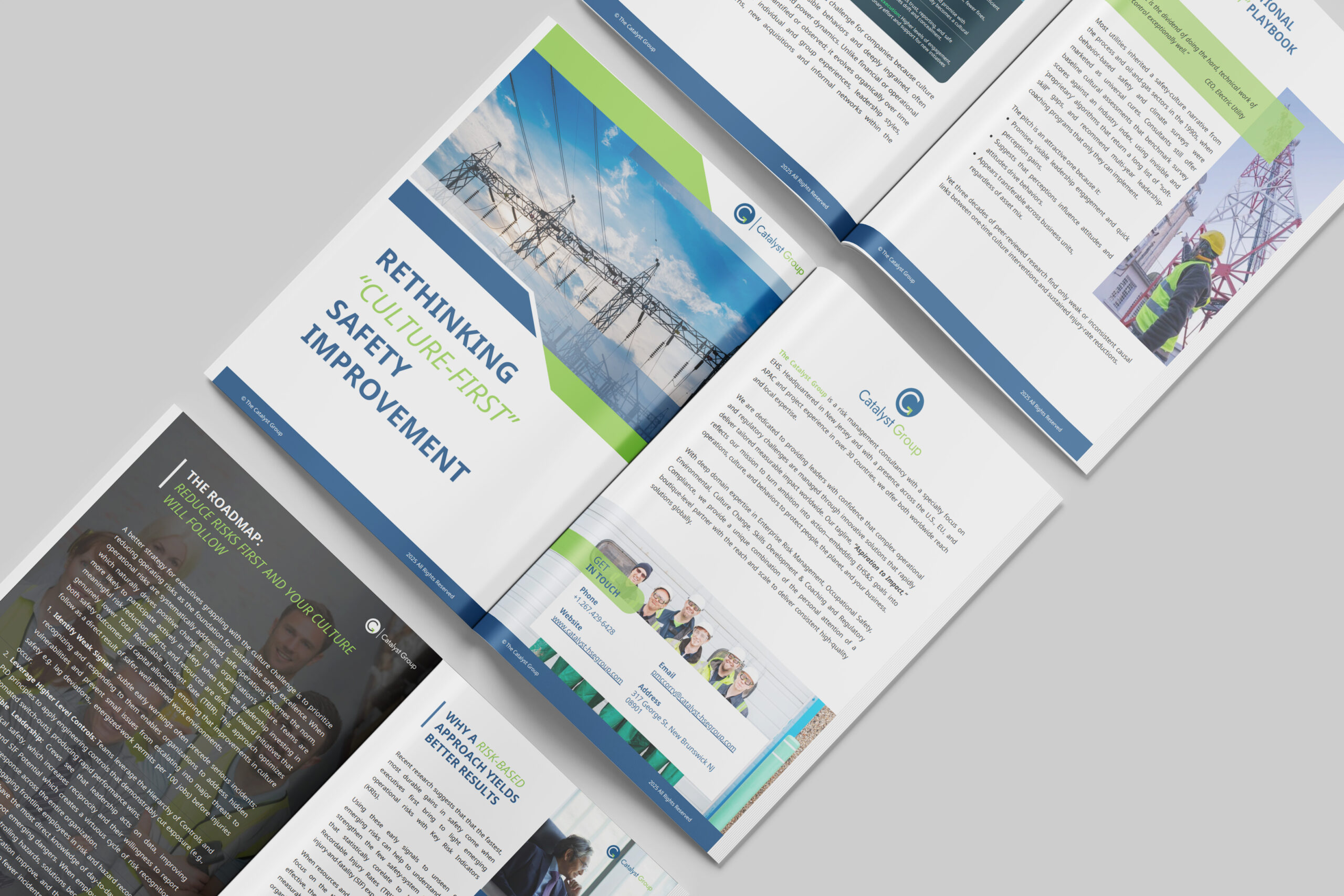As we welcome the New Year, we at the Catalyst Group would like to remind you of our ‘Why.” We work tirelessly to foster the 3Ps of sustainability—People, Planet and Economic Prosperity and to build safer, planet-friendly, prosperous communities.
As 2024 draws to a close, Economic Development Districts (EDDs) across the country are busy wrapping up projects, evaluating progress, and planning for the future. Amid the hustle and bustle of end-of-year tasks, one crucial area demands attention: environmental compliance. Ensuring that all projects align with environmental regulations and sustainability goals is not just a matter of legal obligation but also a key factor in securing future funding and maintaining community trust.
Here’s a closer look at some essential end-of-year environmental activities that EDDs should prioritize.
Environmental compliance is an ongoing responsibility, but the end of the year is an ideal time for a thorough audit. These audits help EDDs ensure that all projects are in line with local, state, and federal environmental regulations. Whether it’s reviewing permits, verifying the implementation of mitigation measures, or assessing ongoing monitoring efforts, a comprehensive audit can uncover potential compliance issues that need to be addressed before the year ends.
Key activities during this audit might include:
Most environmental regulations require regular reporting to demonstrate compliance. As the year closes, EDDs need to compile and submit these reports to relevant agencies. Proper documentation not only ensures compliance but also strengthens the district’s position in future audits and grant applications.
End-of-year reporting activities might include:
At the beginning of the year, many EDDs set ambitious environmental goals, such as reducing carbon emissions or improving waste management practices. The end of the year is the perfect time to assess progress toward these goals. This review process helps EDDs understand where they succeeded, where they fell short, and what adjustments need to be made moving forward.
Key steps in this review include:
Looking ahead is just as important as reflecting on the past. As the year comes to an end, EDDs should engage in strategic planning that integrates environmental considerations into their economic development initiatives. This planning is crucial for ensuring that future projects are both economically and environmentally sustainable.
Planning activities for the upcoming year might include:
Public participation is a cornerstone of the NEPA process, and for good reason. Engaging the public and other stakeholders early and often can lead to better project outcomes by identifying concerns, gathering local knowledge, and building community support. Effective public engagement can also reduce the risk of legal challenges and project delays, as stakeholders are more likely to support projects they have been involved in shaping.
Key strategies include:
Public and stakeholder engagement is a cornerstone of successful environmental management. The end of the year provides an opportunity to update the community on environmental initiatives, gather feedback, and build support for future projects. Transparency and communication are key to maintaining trust and ensuring that projects align with community values.
Activities in this area might include:
Environmental policies and procedures must evolve to reflect new regulations, technologies, and best practices. The end of the year is an ideal time for EDDs to review their current policies and make necessary adjustments to ensure they remain effective and up-to-date.
This might involve:
Effective budgeting is critical for ensuring that environmental initiatives are adequately funded. At year-end, EDDs should allocate resources for ongoing programs, compliance activities, and any new initiatives planned for the coming year. Proper budgeting helps prevent last-minute financial shortfalls and ensures that all environmental responsibilities are met.
Budgeting activities might include:
The end of the year is a good time to conduct internal reviews of processes related to environmental compliance and to provide training for staff. This ensures that the team is knowledgeable about current environmental regulations and best practices, which is especially important as regulations evolve and new environmental challenges emerge.
Key activities might include:
Many grants require detailed environmental compliance information. Preparing for upcoming grant opportunities often involves ensuring that all environmental documentation is current and complete. This preparation is critical for positioning the district as a strong contender for future funding.
Preparation activities might include:
End-of-year environmental activities are essential for Economic Development Districts to ensure compliance, assess progress, and plan effectively for the future. By focusing on audits, reporting, goal-setting, stakeholder engagement, policy updates, budgeting, staff training, and grant preparation, EDDs can close the year on a strong note, ready to tackle the challenges and opportunities of the year ahead. These activities not only protect the environment but also enhance the credibility and effectiveness of EDDs in securing funding and delivering sustainable economic development projects.
NEPA360 is the ultimate solution for federal grant-seekers. Our service is built on the three pillars of sustainability—People, Planet and Prosperity, ensuing that your projects benefit communities, protect the environment and drive economic growth.
Contact me to help you turn your Aspirations Into Impact.
Contact me (Mike Francis) to help you turn your Aspirations Into Impact.

